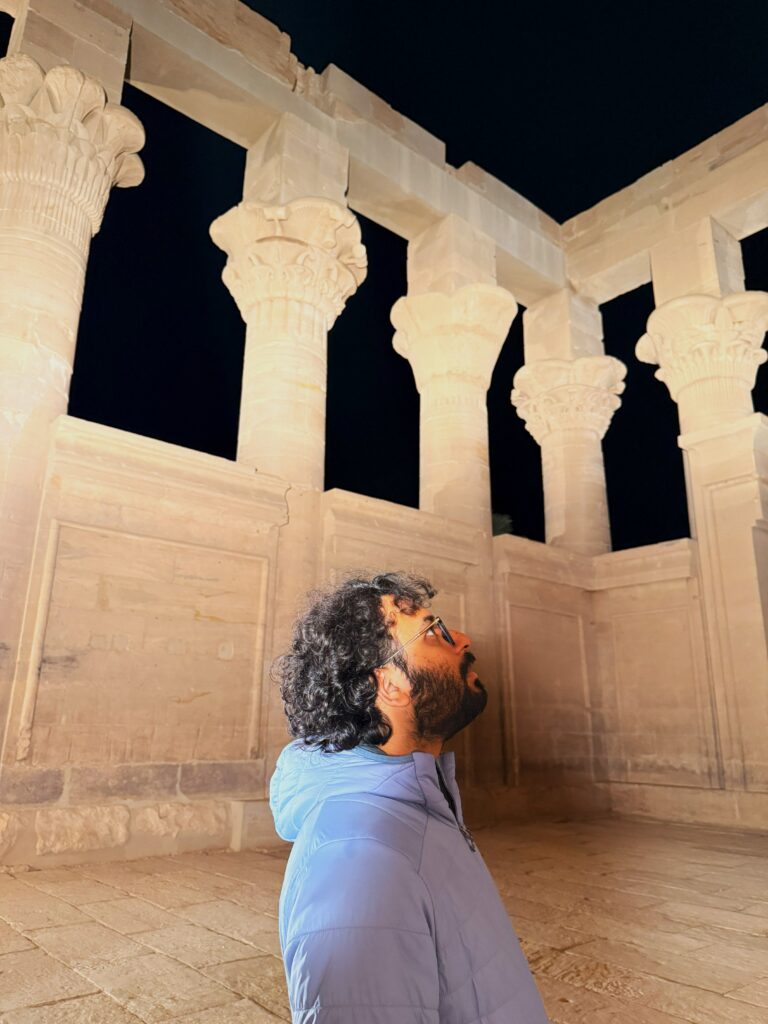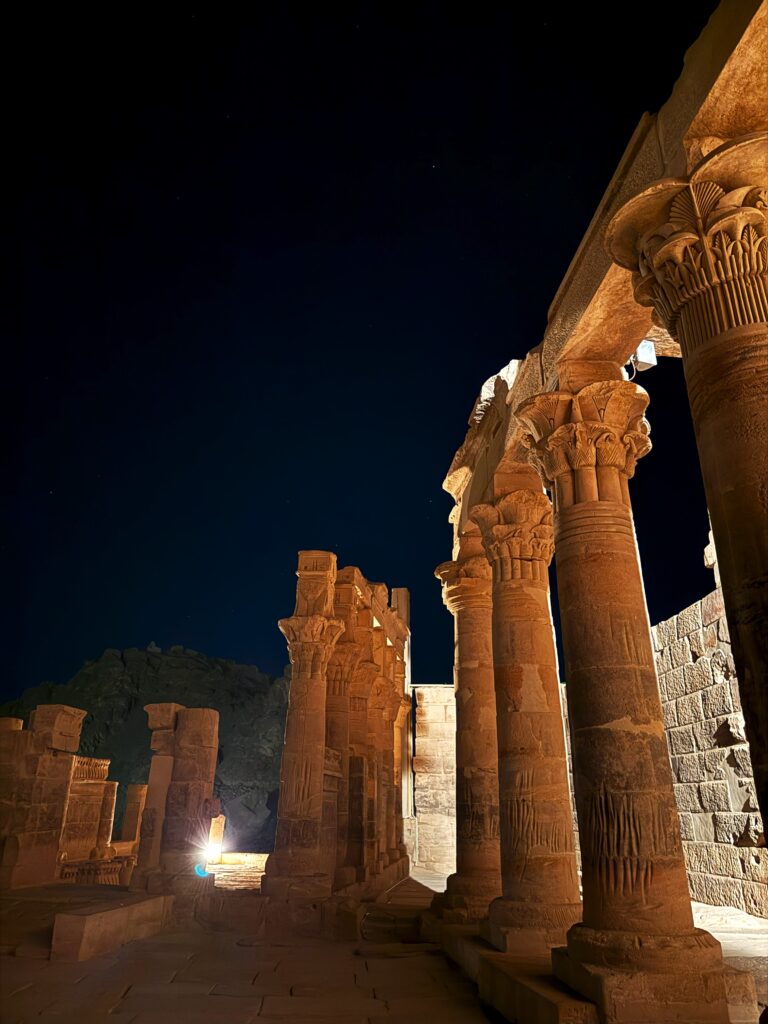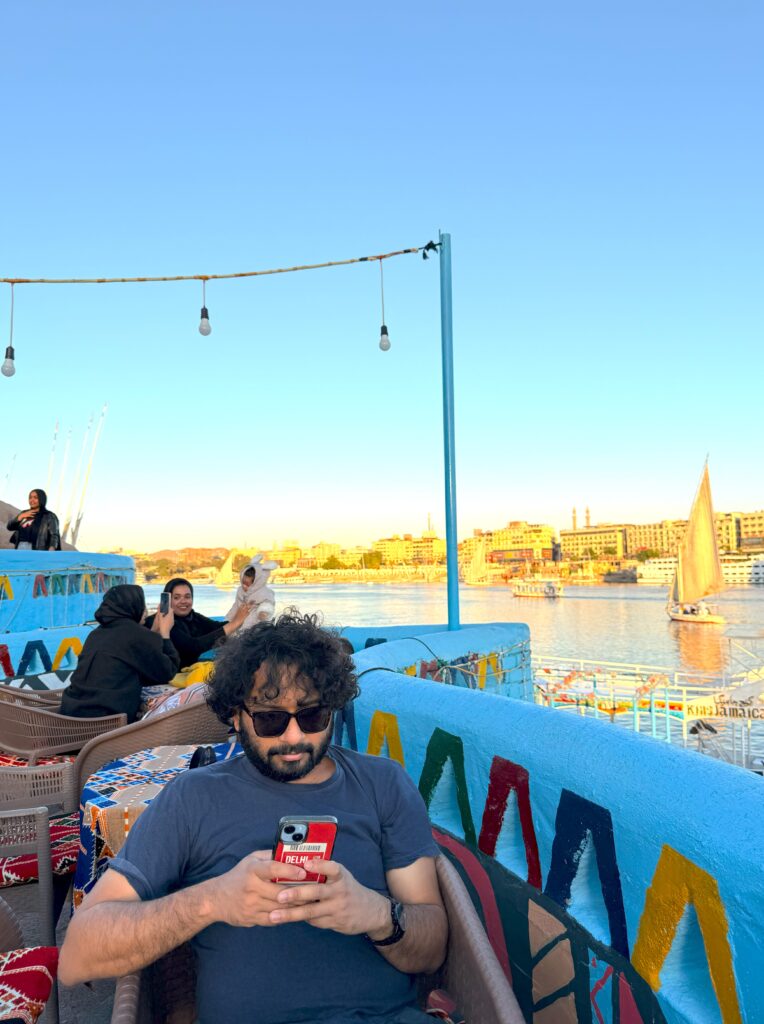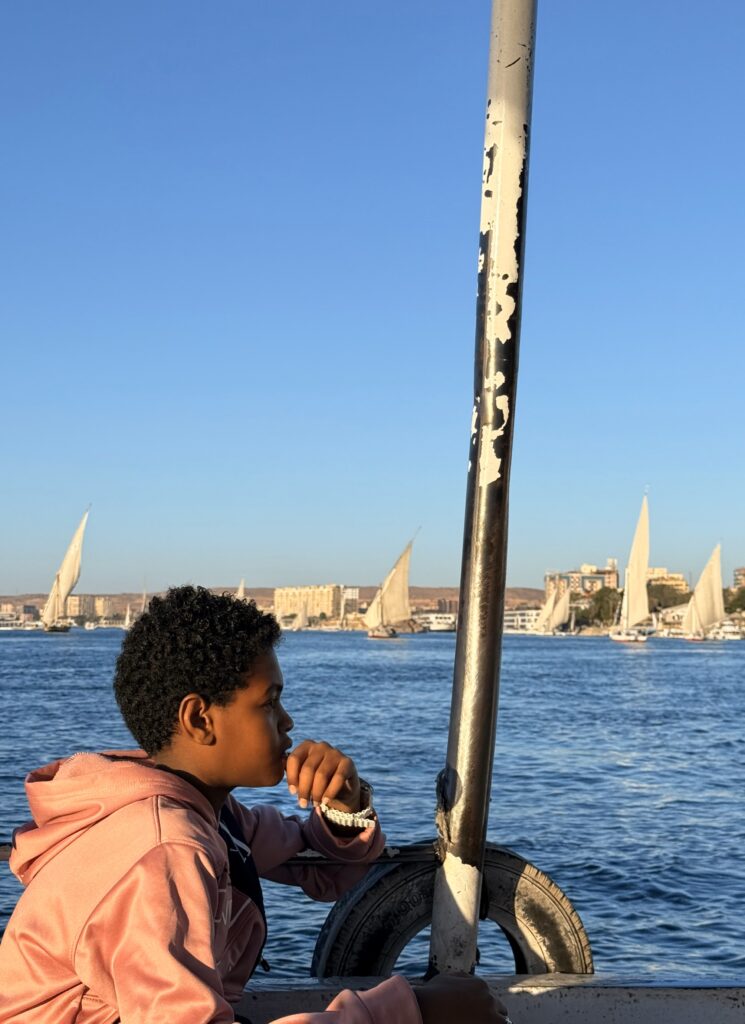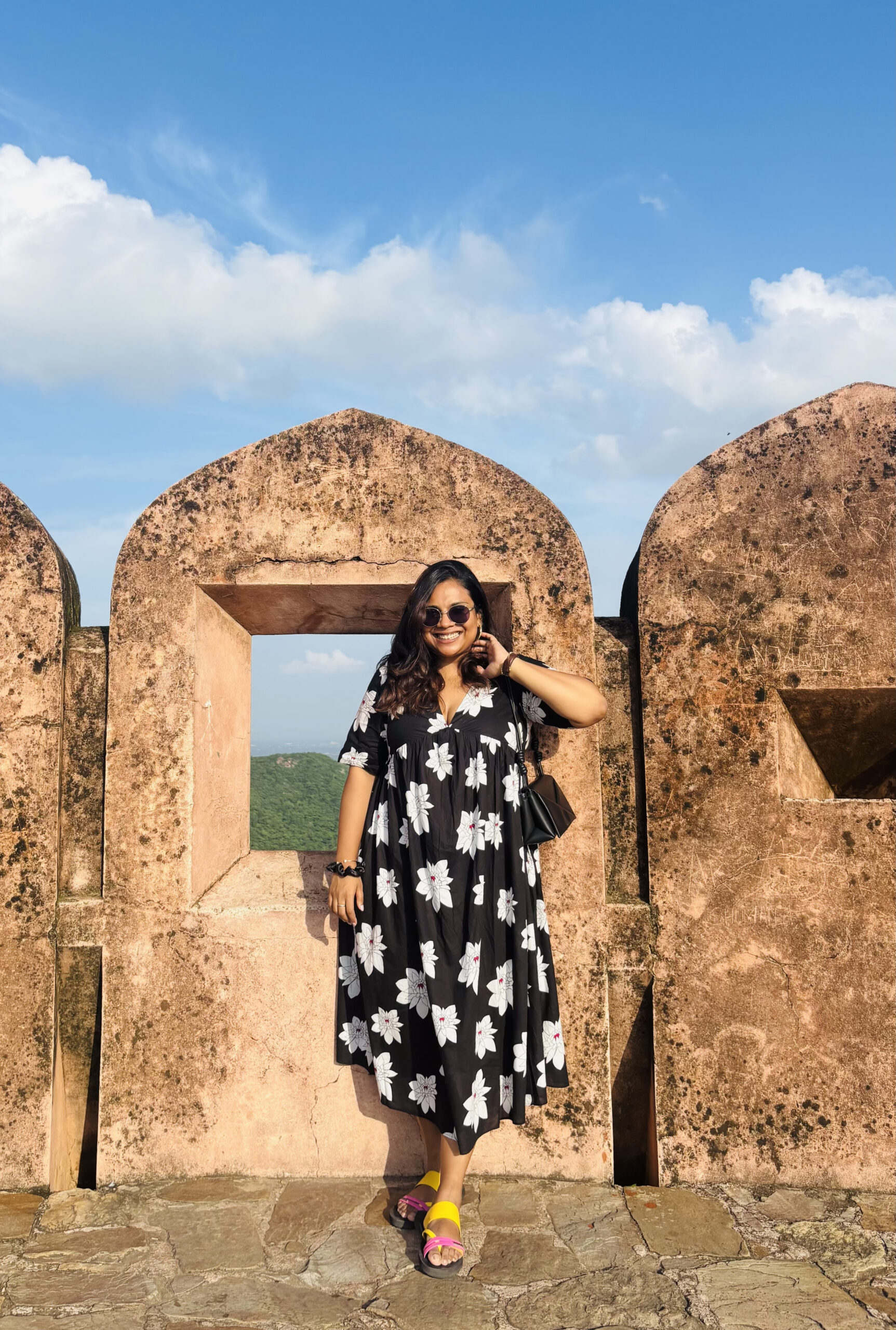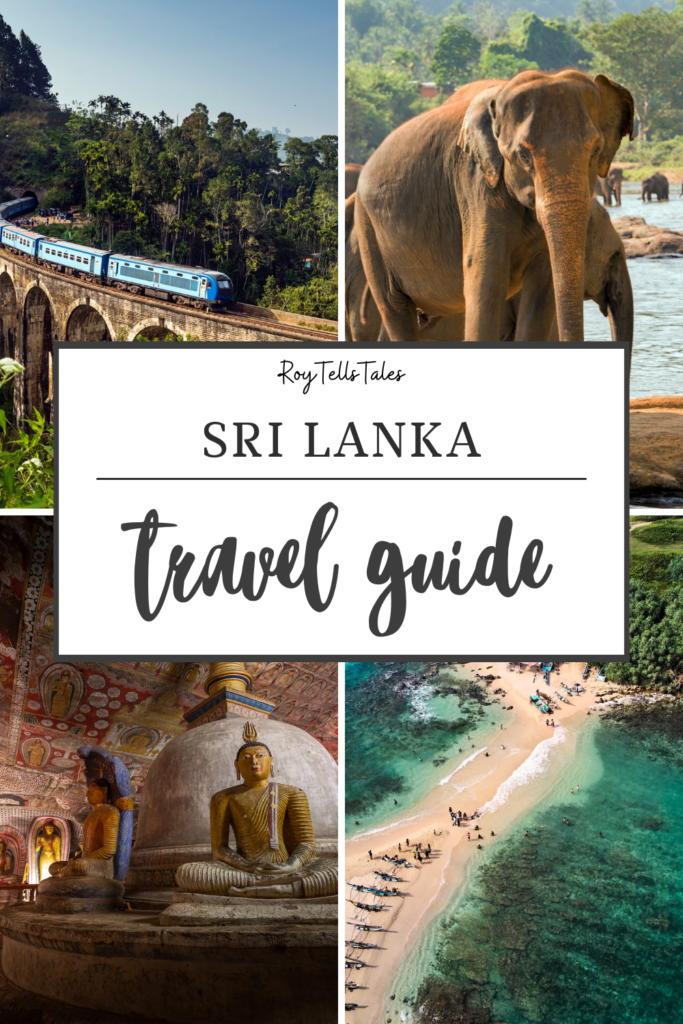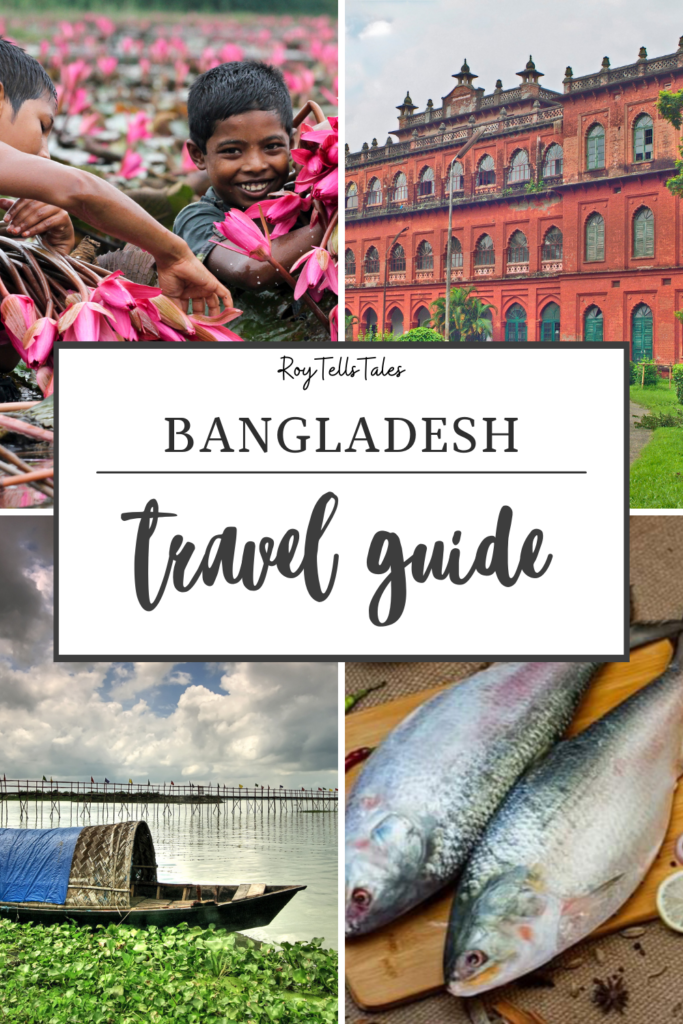

5 Best Things to do in Aswan, Egypt | Travel Guide
After spending three days in Cairo’s hustle and bustle, soaking up its chaos and cacophony, stepping into Aswan felt like hitting pause, and I knew that we were all set to begin our slow journey.
As we walked around Aswan, it felt as if time had stood still, and history continued to breathe through every lane and bylane. While most travellers prefer sailing down the Nile on a cruise from Cairo (or Luxor) to get here, we decided to take a quick flight to this breathtaking town by the Nile in southern Egypt.
We spent only 48 hours in Aswan and loved every bit of it. Here are the best things to do in Aswan, the best places to stay and eat, and some interesting facts about this postcard-perfect Egyptian town.
Best things to do in Aswan
1. Explore the enchanting Philae Temple
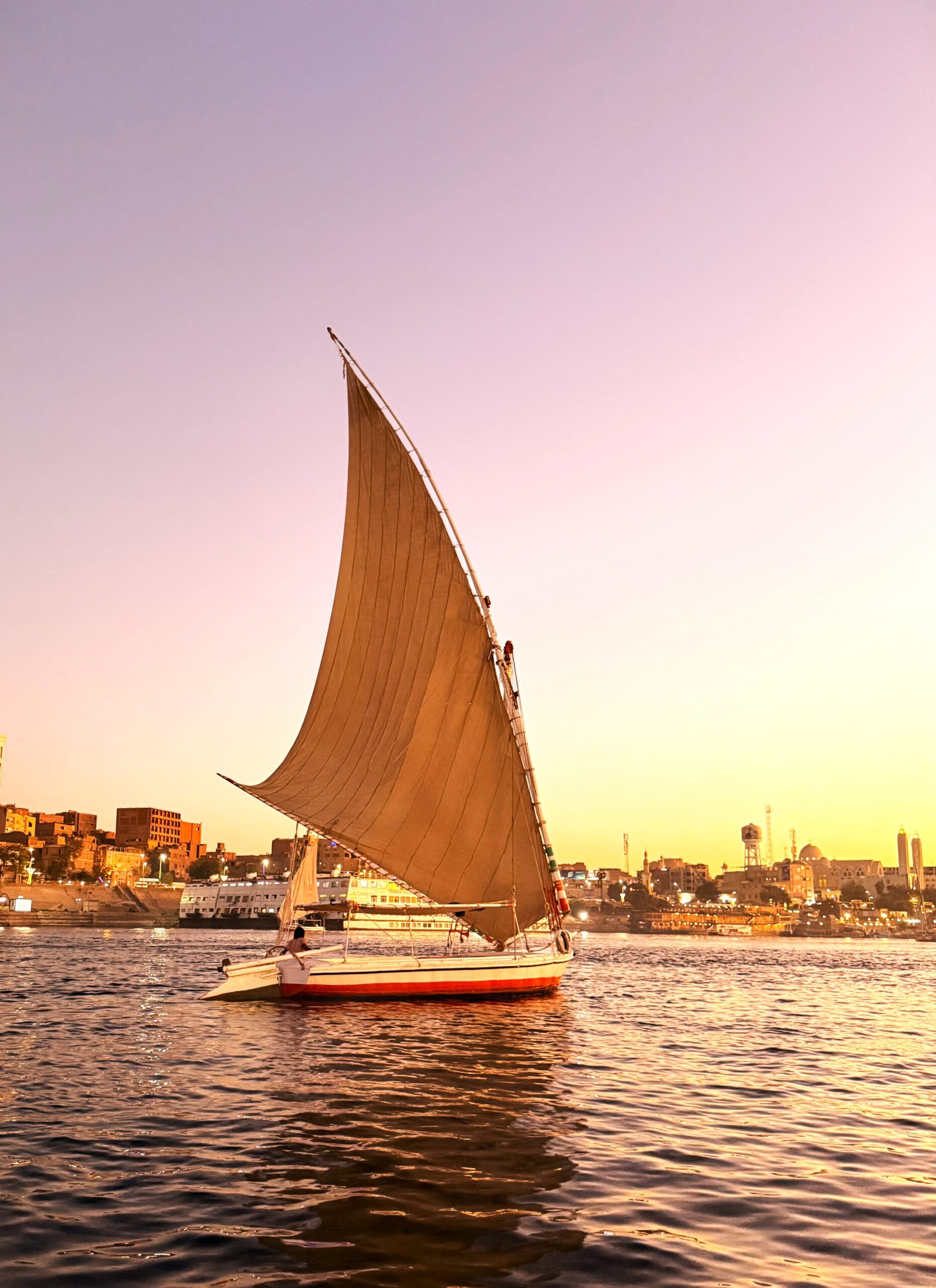
No trip to Aswan feels complete without a visit to the magical Philae Temple. It’s one of those places where history and mythology seem to get intertwined, leaving you completely awestruck. What makes it even more special is that it’s built on an island right in the middle of the Nile, a truly unique setting that adds to its charm.
Interestingly, the temple wasn’t always here. It originally stood on Philae Island (hence the name) but had to be carefully dismantled and relocated to its current spot to prevent flooding. And honestly, standing there, surrounded by water and ancient carvings, it felt like stepping back in time.
History of the Philae Temple in Aswan
The Temple of Isis at Philae dates back to Egypt’s Greco-Roman period and was built during the reign of Ptolemy II. It’s dedicated to Isis, Osiris, and Horus—three of the most significant figures in Egyptian mythology. The walls are adorned with intricate carvings that narrate the epic tales of Isis bringing Osiris back to life, giving birth to Horus, and even mummifying Osiris after his death.
Philae has always been considered sacred, especially to the goddess Isis. While most of the structure was completed during the reigns of Ptolemy II Philadelphus (285–246 BCE) and Ptolemy III Euergetes (246–221 BCE), additional decorations were added later by Roman emperors Augustus and Tiberius (27 BCE–37 CE). Some of the details were left unfinished, which oddly adds to its beauty and mystery.
How to get there?
In order to reach the Philae Temple, you’ll have to buy the entrance ticket (550 EGP for adults and 275 EGP for students) and then hop on a quick boat ride to the island. Trust me, the boat ride is part of the experience, sailing down the Nile, it sets the tone perfectly for what’s to come!
When to visit?
Most people visit the temple early in the morning, but I decided to go during dusk, and I’d highly recommend that. Arriving around 5 PM lets you catch the sunset over the temple, painting the sky in shades of gold and pink.
I recommend staying back for the Light & Sound Show at 7 PM. The temple lights up beautifully, and the stories of Isis, Osiris, and Horus are brought to life through sound and visuals. The ticket for the show costs 900 EGP per person, and it’s worth every penny for the experience.
2. Wander through the colourful Nubian villages on Elephantine Island
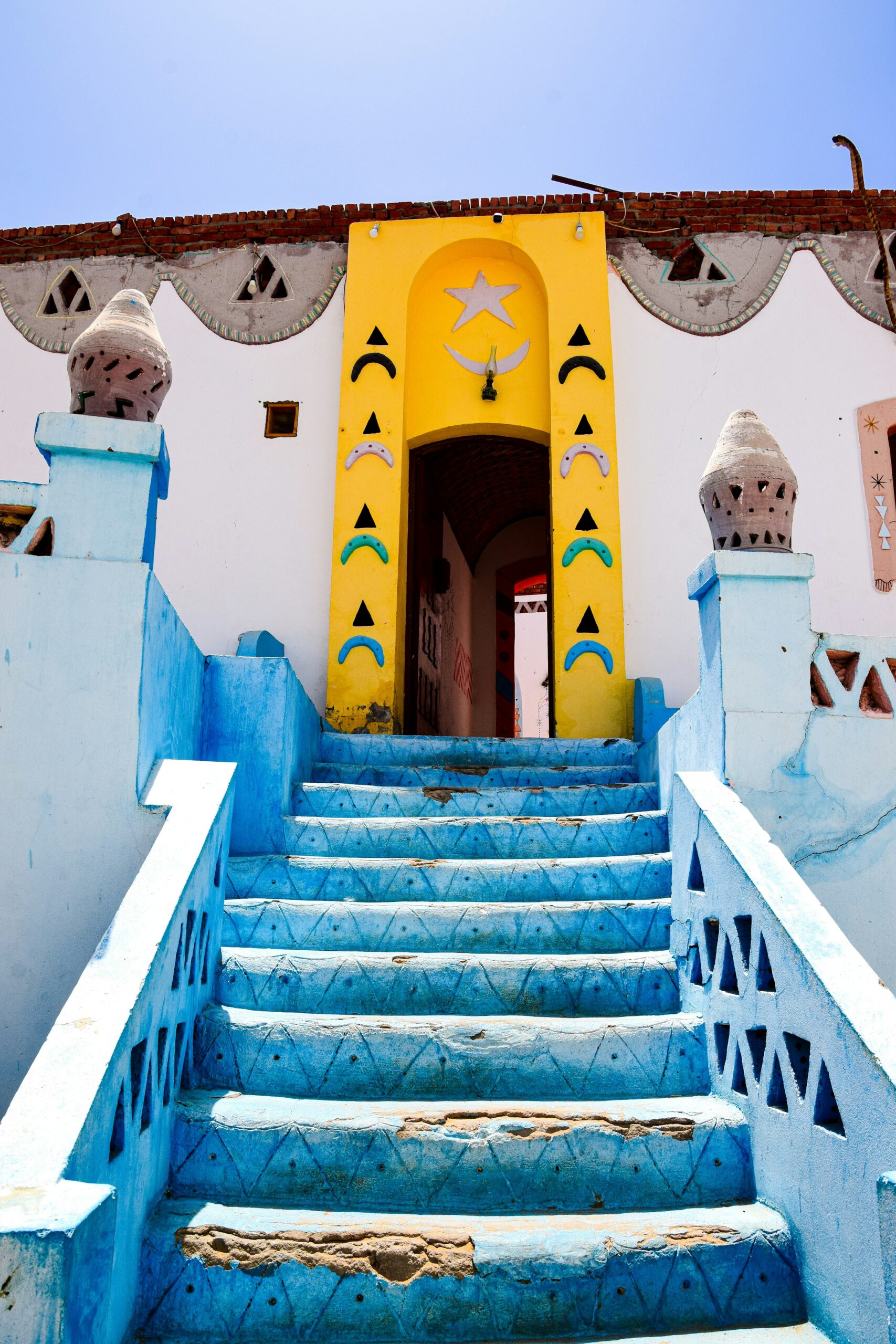
The majority of the population in Aswan consists of Nubians, who are known to be the friendliest people in Egypt. Originally from Sudan, these people have been living in Upper Egypt for thousands of years, ever since King Ramses II (one of the greatest pharaohs of Egypt) married Queen Nefertari (a Nubian) and embraced the people of this land.
As the name suggests, the island on the Nile has rows of Nubian houses splashed with colours, and you’ll always be greeted with a smile here. While you can always opt for a guided tour of Elephantine Island and explore the Nubian villages, we just randomly took a boat from Aswan (and paid 10 EGP per person) to land on the island! Also, you’ll find some of the best cafes in Aswan on Elephantine Island, including the King Jamaica Café, which we loved.
You can grab a table by the river, and watch the feluccas and cruises passing by. It can be the perfect thing to slow down and enjoy a lazy afternoon while in Aswan.
Note: If you’re into music, you’ll be in for a treat here! They play great Arabic music at the cafe, with a touch of Reggae, and once you dine here, you can also take a free boat ride back to Aswan.
3. Take a day trip to Abu Simbel and witness the beauty of the Temple of Queen Nefertari
While everyone dreams of witnessing the majestic beauty of the pyramids in Egypt, if there was one thing I was looking forward to, it was the temple of Abu Simbel. And I would say it’s a MUST to explore the ruins here!
It’s best to book a day trip to Abu Simbel and start from Aswan early in the morning, around 4 AM. The drive takes about 3 hours to reach Abu Simbel, through a desert area in the south of Egypt with almost no change in the landscape. The mobile network will disappear after a point, as you get closer to the Sudan border.
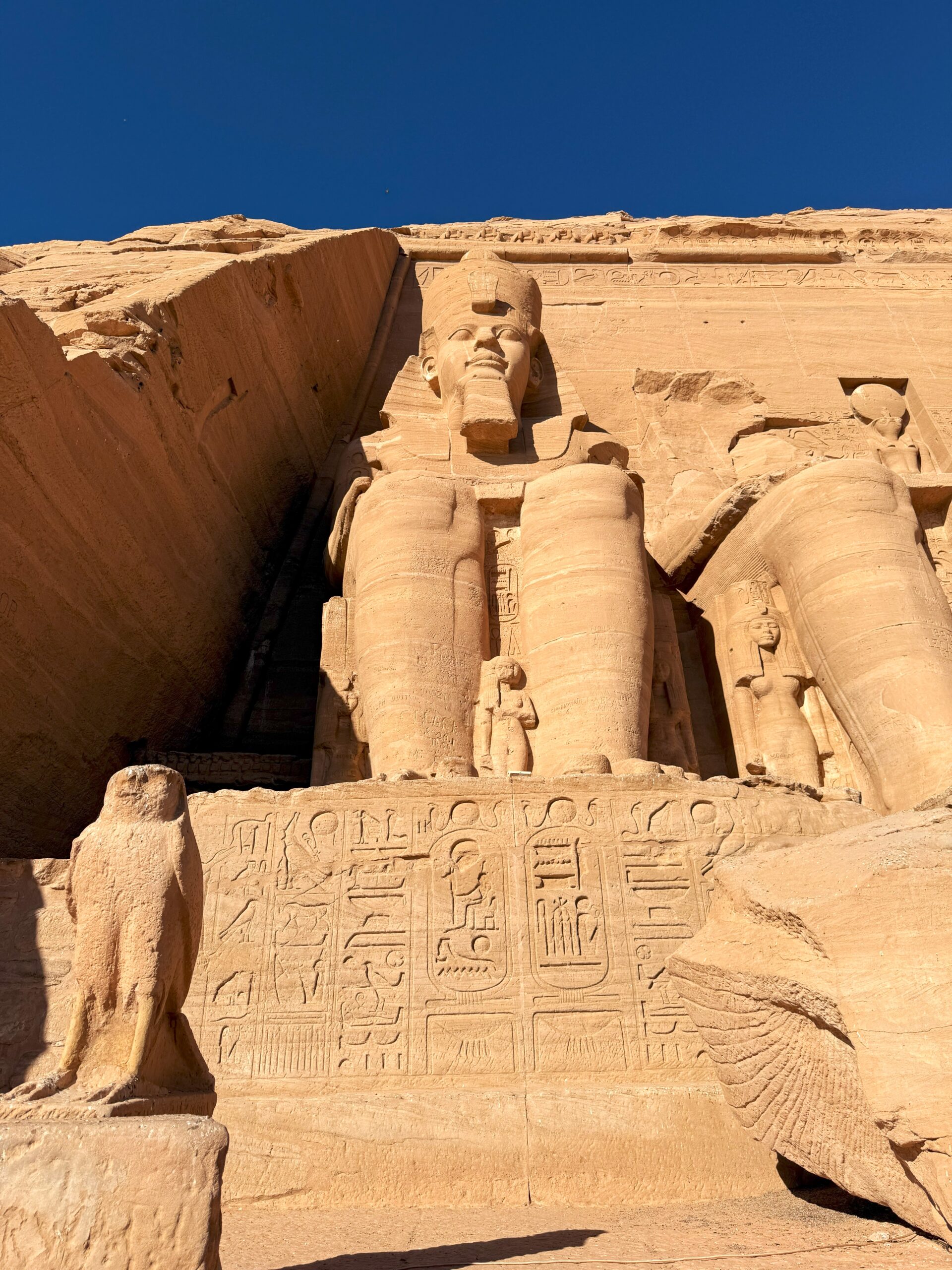
Once there, you’ll get to see the original site of the temple, which was closer to the Nile, and it was later moved to where it stands today due to the risk of flooding. It is said that when the High Dam of Aswan was built in the 1960s, the temple of Abu Simbel nearly sank in the Nile, as water levels rose, and thus, it had to be relocated to preserve its ancient architecture.
Ramesses II built the temple in the 13th century BCE, with four giant statues of himself to intimidate enemies and merchants along the Nile. What is so impressive is that the temple is carved out of one solid rock using the tools they had thousands of years ago.
The intricate artwork inside Abu Simbel left us speechless, with its minute detailing that has stood the test of time.
Dedicated to the sun gods Amon-Re and Re-Horakhte, the temple consists of three consecutive halls extending 185 feet (56 meters) into the cliff, decorated with more Osiride statues of the king and with painted scenes of his purported victory at the Battle of Kadesh. On two days of the year (around February 22 and October 22), the first rays of the morning sun penetrate the entire length of the temple and illuminate the shrine in its innermost sanctuary.
I was also quite surprised to see the celestial knowledge that prevailed during that time, and the precision with which the temple was made.
Just next to the temple of Abu Simbel is the temple of Queen Nefertari.
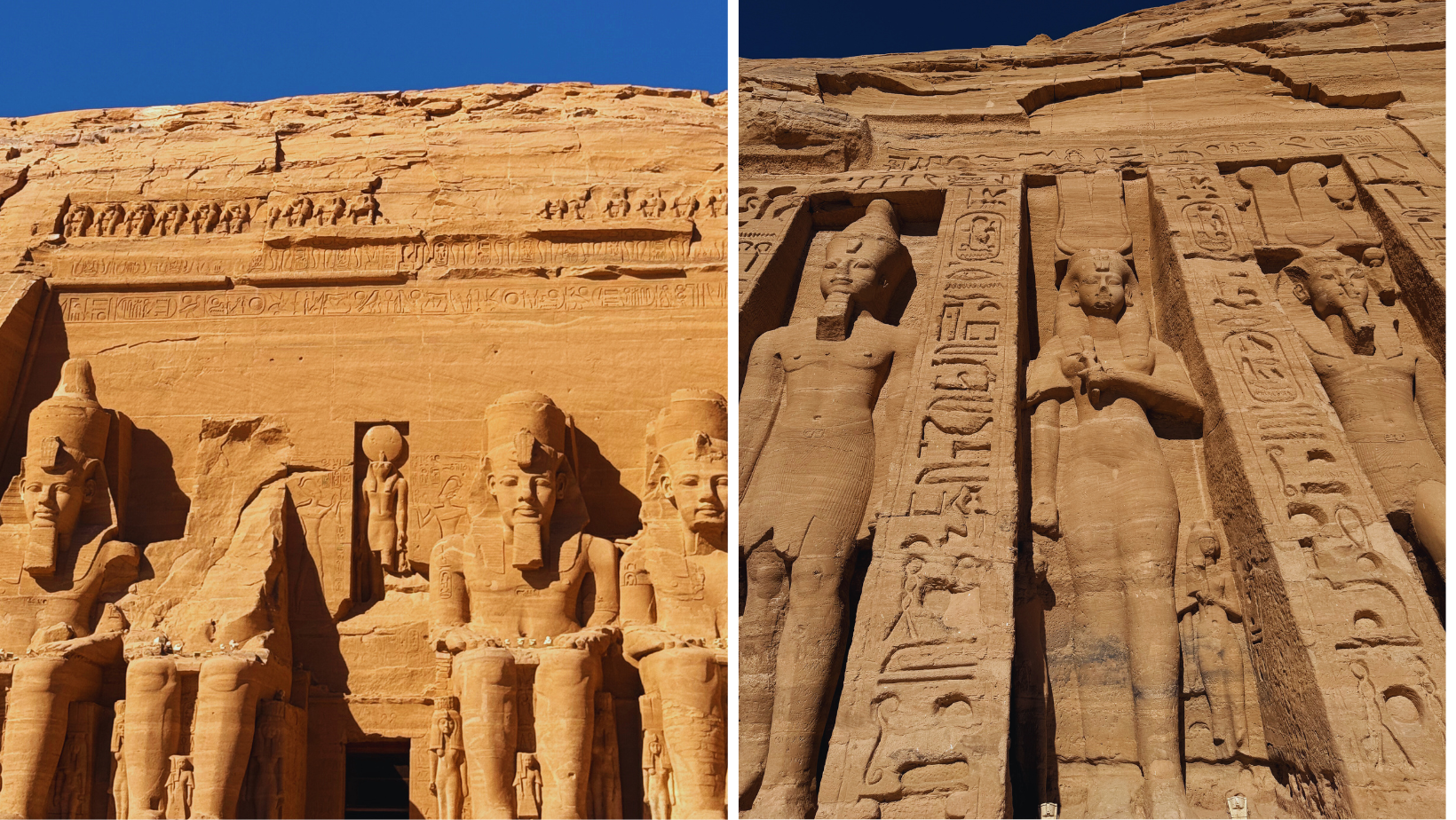
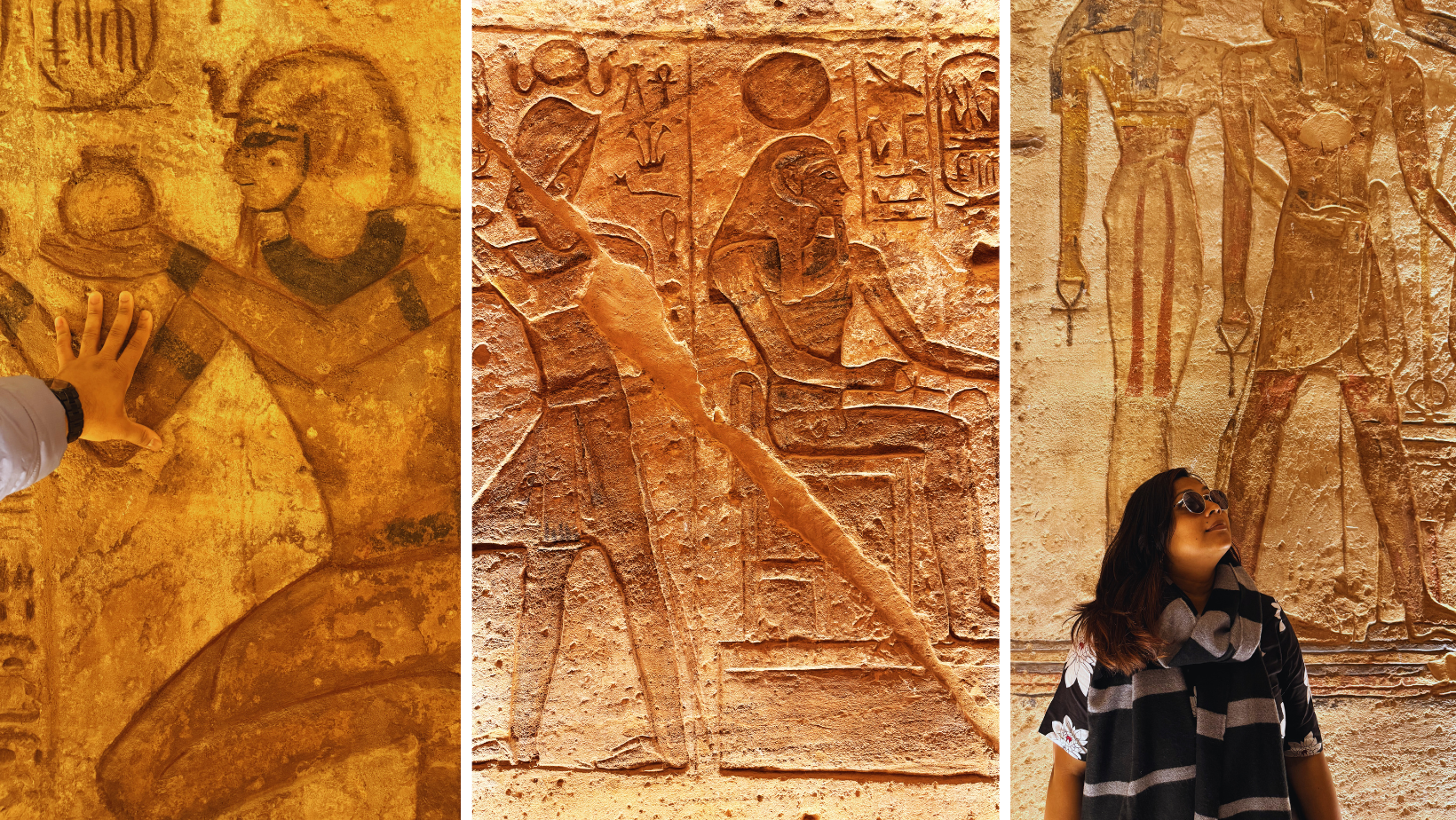
Ramesses II built this temple dedicated to his wife, Nefertari. It is carved out of one massive rock with beautiful hieroglyphics inside the complex. On the outside, there are six large statues of Ramesses II and Queen Nefertari standing in front of the temple.
Tip: The entrance fee for Abu Simbel and the Queen Nefertari Temple is EGP 260 per person, excluding transfers to Abu Simbel.
4. Dine at the Sofitel Old Cataract, one of the oldest hotels in Egypt
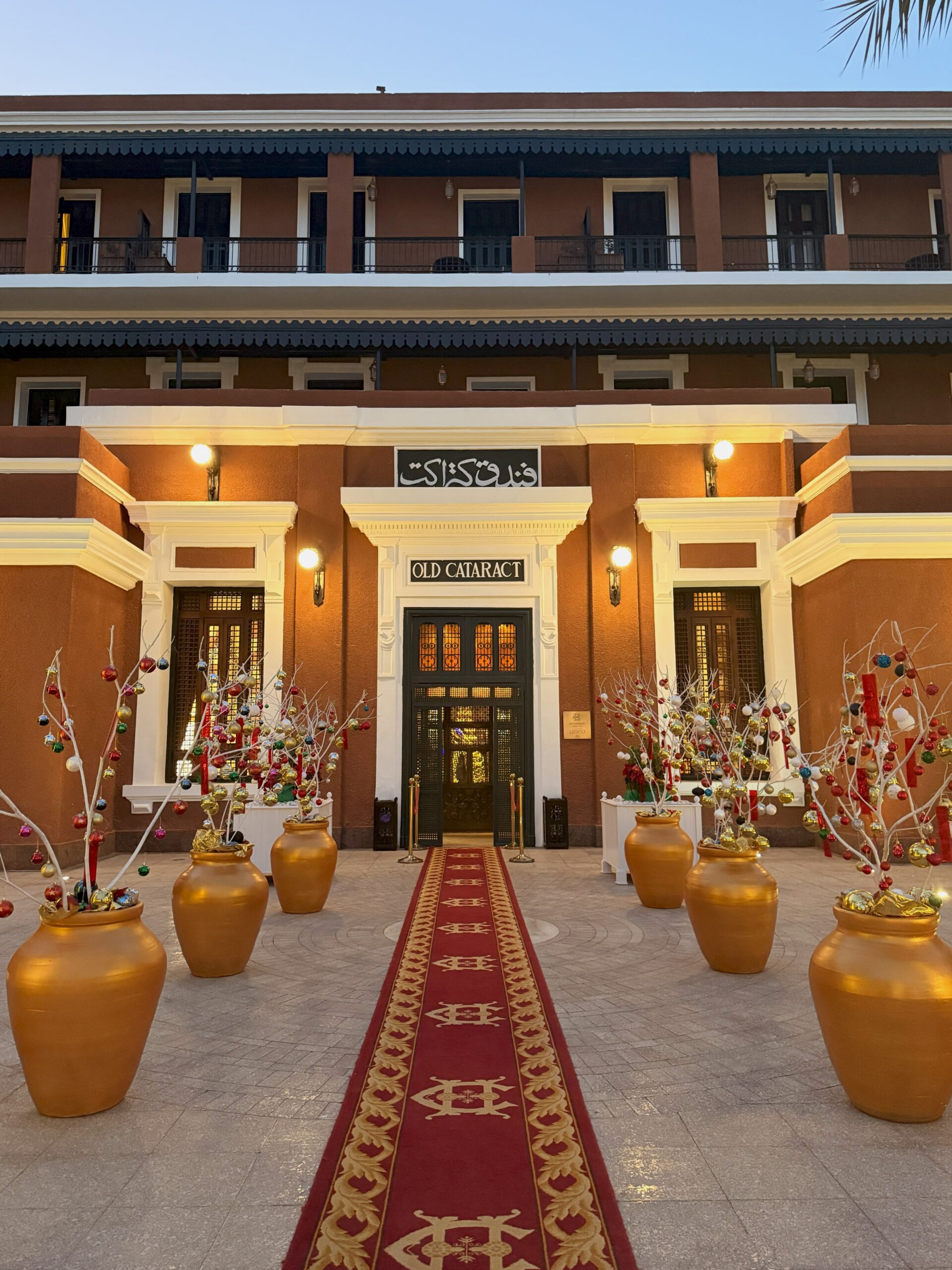
I remember watching ‘Death on the Nile’ a couple of years back, and the first glimpse of the Old Cataract Hotel was etched in my mind. And when in Aswan, how could we miss visiting this legendary hotel, where Agatha Christie spent a year while writing her novel, ‘Death on the Nile’!
The Cataract Hotel was built in 1899 by Thomas Cook to house European travellers to Assouan (as Aswan was then known). Its guests have included Tsar Nicholas II, Winston Churchill, Howard Carter, Margaret Thatcher, Jimmy Carter, François Mitterrand, Princess Diana, Agatha Christie, and others.
While you can always choose to splurge and spend a night at this legendary hotel, we decided to enjoy dinner at the popular Saraya restaurant (the hotel has four restaurants in total). With both outdoor and indoor dining setups, Saraya offers breathtaking views of the Nile and is a perfect spot to enjoy a sundowner.
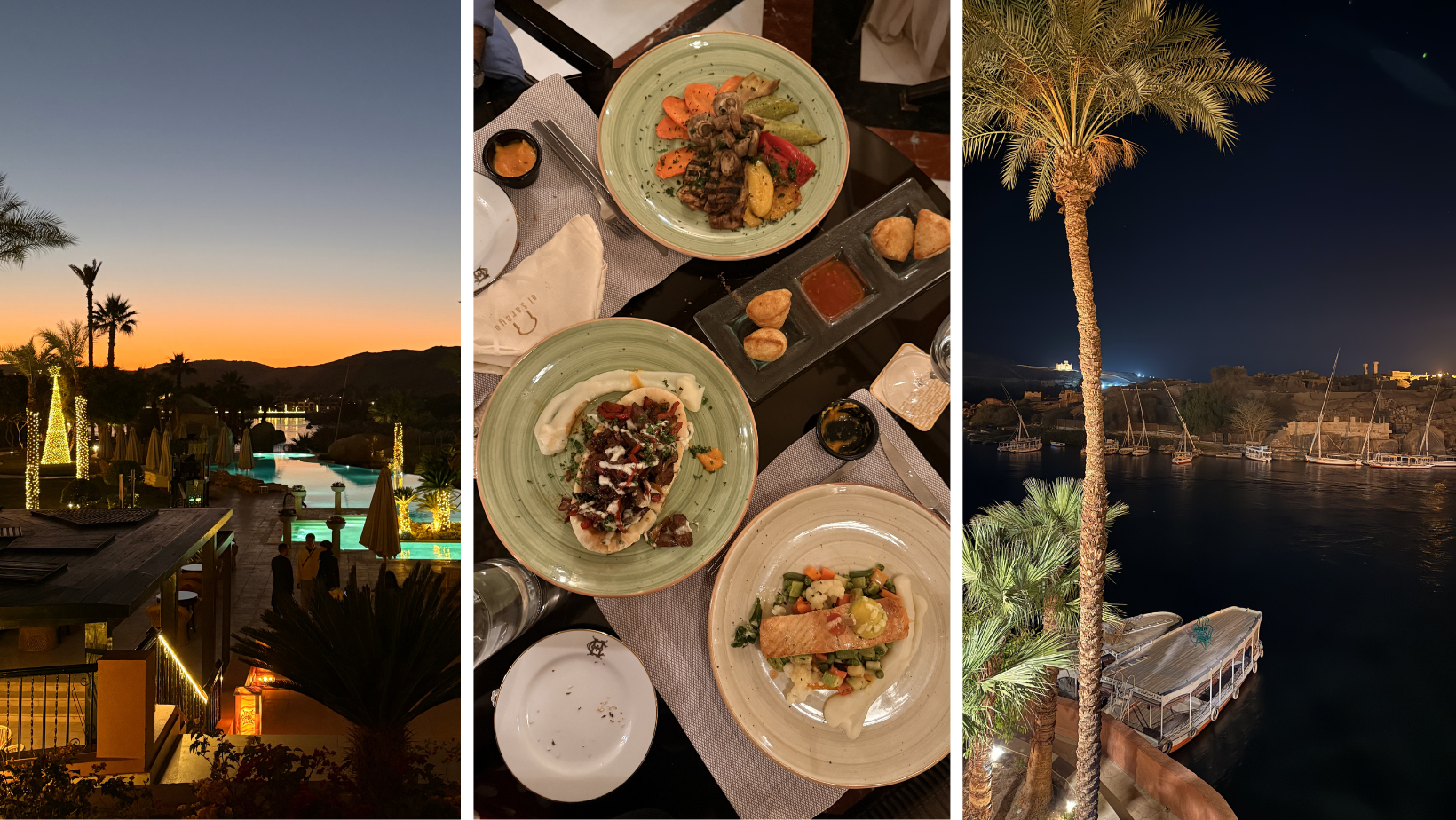
Note: A meal for two at Saraya would cost around 3000 EGP.
5. Explore the Temples of Kom Ombo and Edfu, the most underrated temples in Upper Egypt
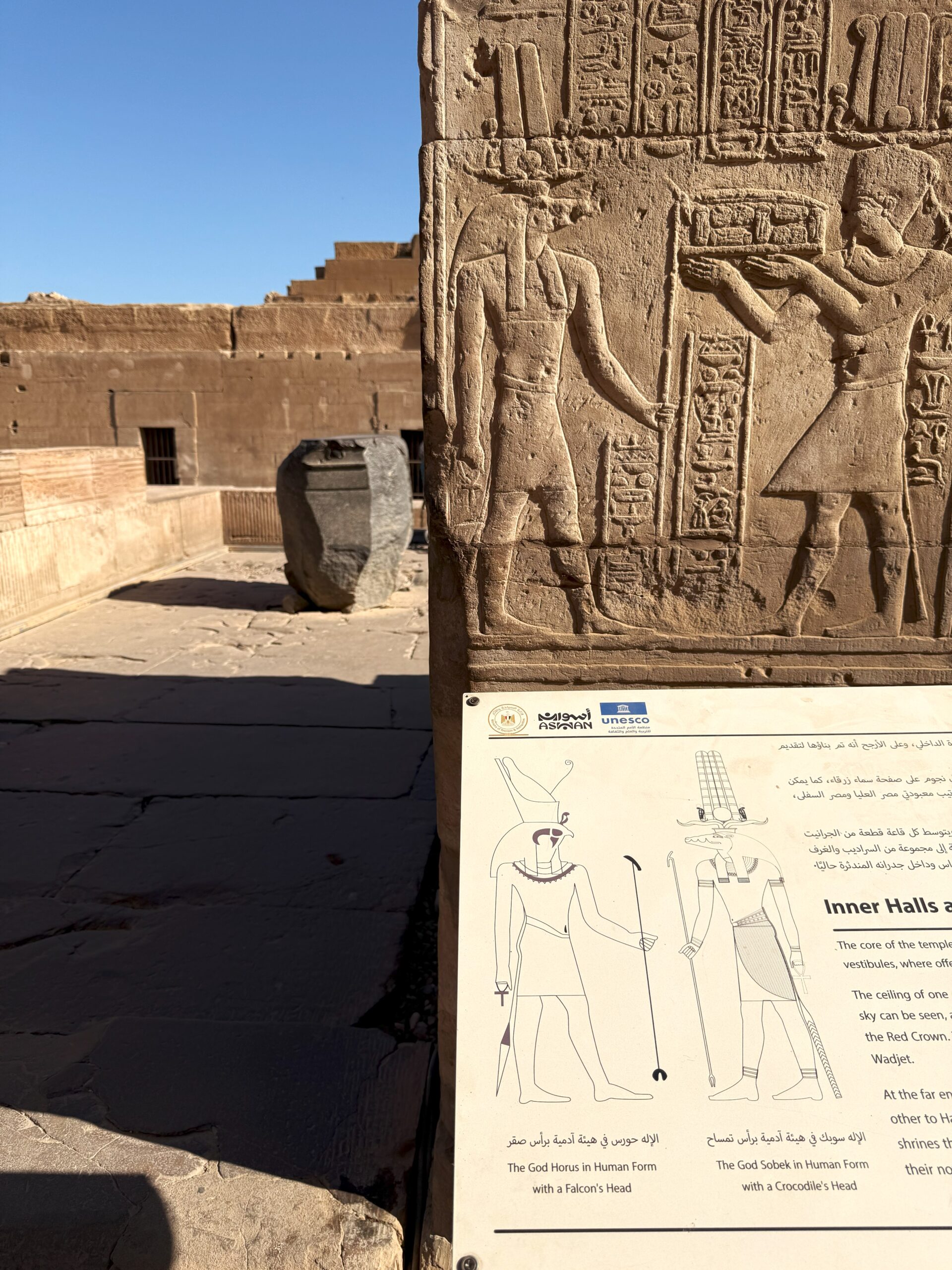
By the time we finished exploring Philae Temple and Abu Simbel, we were pretty much windblown by the intricate artwork of ancient Egypt – and then, there was Kom Ombo and Edfu.
Just an hour’s drive from Aswan, Kom Ombo is known for its unique double temple from the Ptolemaic and Roman periods. It is dedicated to Sobek, the crocodile god, and Horus, the falcon-headed god. The hieroglyphs here contain one of the first calendars ever created, adding even more significance to this unique location.
Right next to the temple was the Kom Ombo Museum, where crocodiles and their eggs were mummified. Sounds creepy, right? But totally worth seeing!
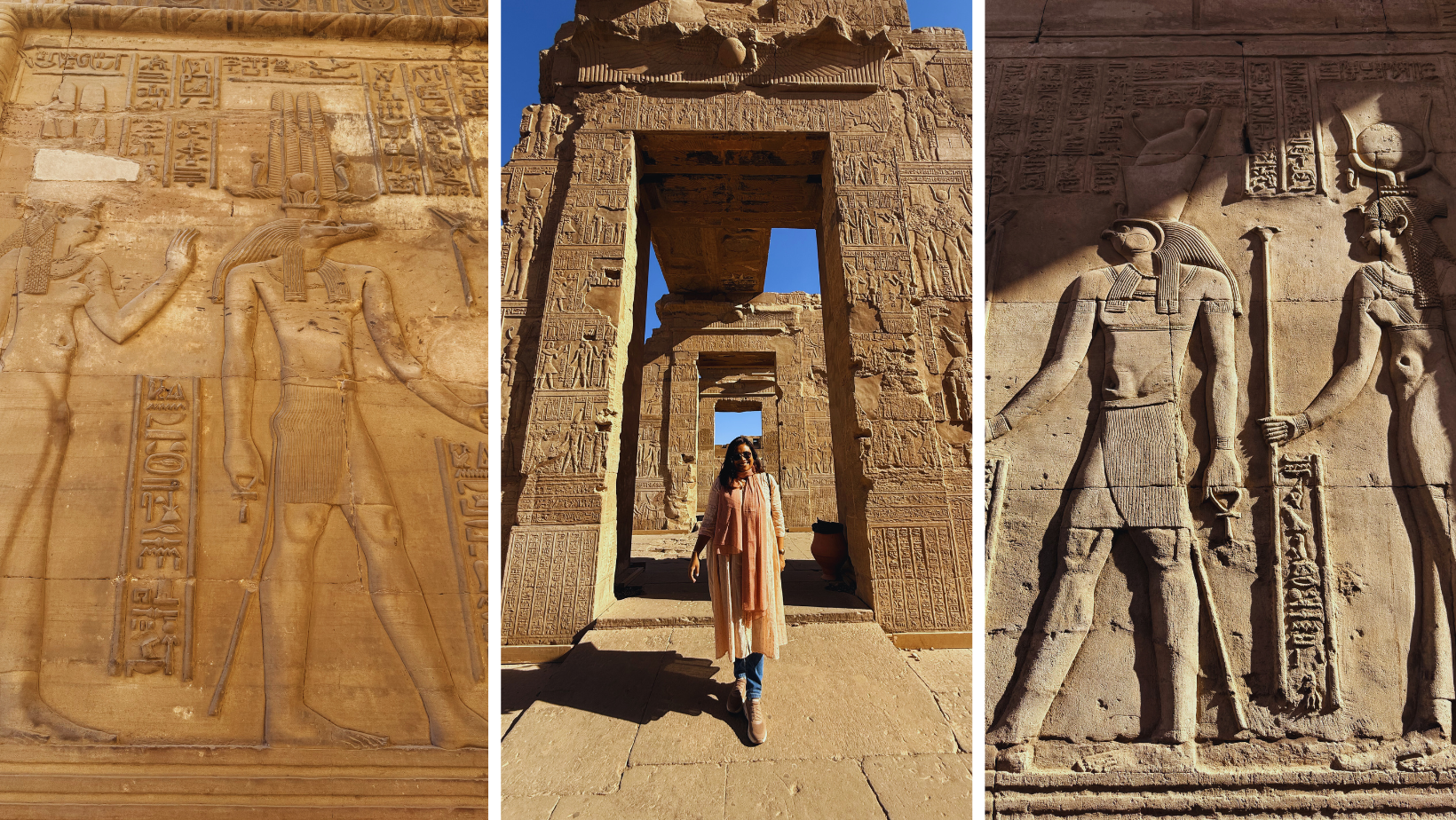
From Kom Ombo, hit the roads with sugarcane fields running parallel until you reach the temple of Edfu, which is known to be one of the most complete temples ever discovered, making it well worth a visit. The temple of Edfu is the largest temple dedicated to Horus (the falcon-headed God) and Hathor (the Goddess of love) of Dendera (located near Luxor). It was the centre of several festivals sacred to Horus. It is believed that each year, Hathor travelled south from her temple at Dendera to visit Horus at Edfu, and this event, marking their sacred marriage, was the occasion of a great festival and pilgrimage.
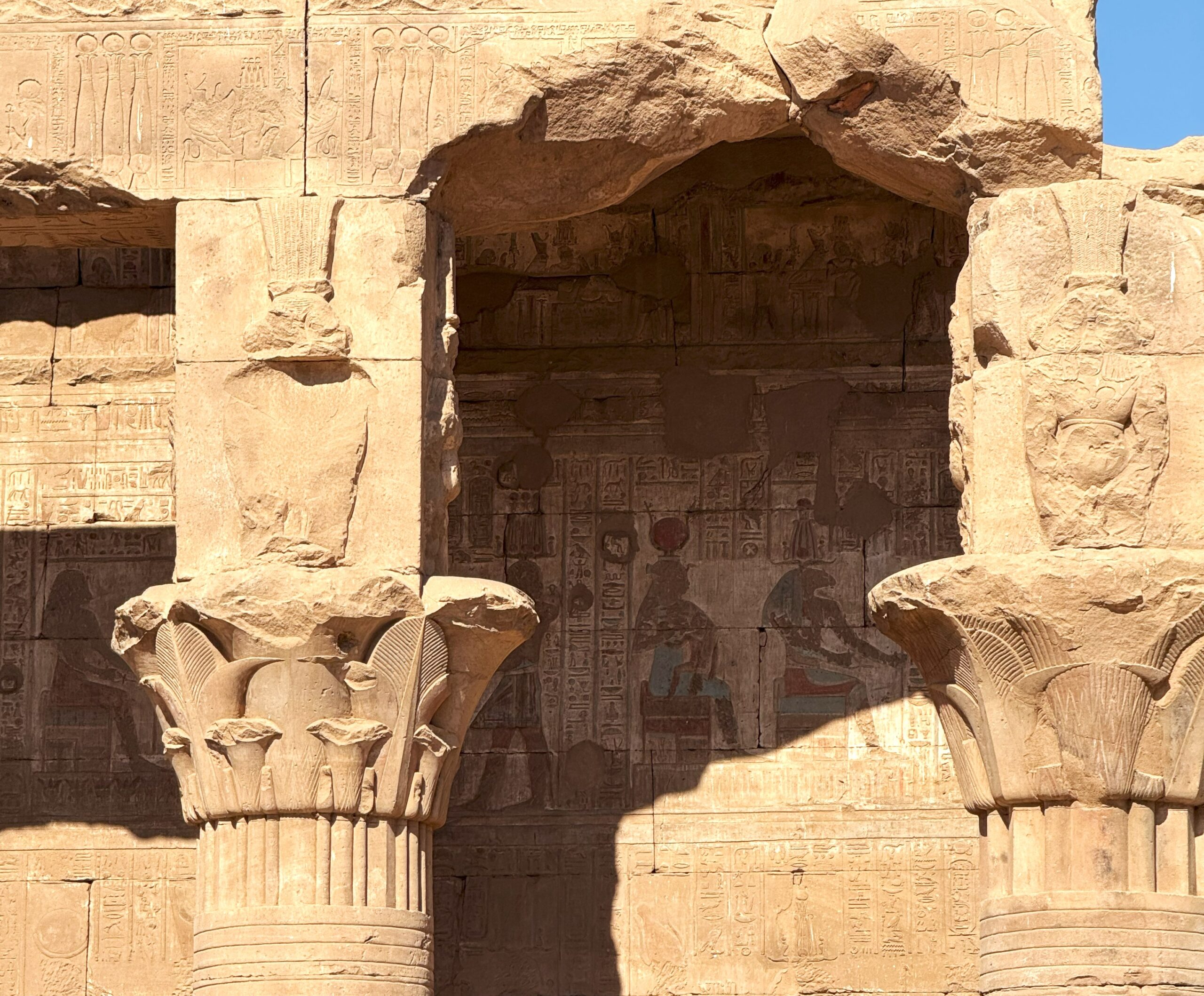
What caught my eye at Edfu were the colourful carvings on the temple walls—something immensely unique that can’t be found in the other temples of Aswan.
Note: The entrance fee for Kom Ombo and Edfu is 450 EGP for adults.
How to reach Aswan?
BY FLIGHT:
The fastest way to reach Aswan is by taking a flight from Cairo. Daily flights operate between the two cities, and a one-way ticket costs around USD 100. It’s quick and convenient.
BY TRAIN:
Another option is to take an overnight sleeper train from Cairo to Aswan. This saves both time and accommodation costs. The train is popular, so booking tickets in advance is best.
You can choose between a shared cabin or a single cabin with bunk beds, priced between USD 80 and USD 120 per person. The train departs around 7 PM and arrives in Aswan by 6 AM. Tickets can only be purchased at the station, so having a guide to assist with the booking can be helpful.
BY BUS:
You can also travel by GoBus from Cairo to Luxor for about EGP 260 (USD 10) and then continue to Aswan via a private transfer or train. However, this long journey may not be the most comfortable option.
Where to stay in Aswan?
As I already mentioned, Aswan is pretty laidback compared to Cairo or any other big city in Egypt. However, there are still many accommodations in Aswan for every budget.
Most of the best hotels in Aswan are located near the High Dam and the Nile River, allowing you to soak in the beauty of the place and admire the landscape.
Here are a few options I can highly recommend when you’re exploring Aswan:
Budget stay: Hapi Hotel (also recommended by Lonely Planet)
Located near the Nile Corniche, this is a perfect budget hotel with good rooms and a breathtaking river view from its terrace restaurant.
Mid-range hotel: Kato Dool, Nile View
These are a few good options for staying on Elephantine Island and enjoying Nubian life in Aswan.
Luxury hotels: Sofitel Old Cataract, Pyramisa Island Resort, Mövenpick Resort Aswan
If you’re looking for a luxurious getaway in Aswan, step into one of the premium properties and soak in the royal vibes.
Interesting facts about Aswan, the ‘Land of Gold’
1. Aswan earned its nickname as the ‘Land of Gold’ because it was a treasure trove for Nubian pharaohs, who sourced gold from this region for centuries.
2. Scattered across the Nile, Aswan is home to enchanting islands like Elephantine and Crocodile Island.
3. Aswan is one of the driest places on Earth, meaning rain is a rare guest here. With less than 10 mm of rainfall annually, it stays sunny and dry almost year-round.
4. Aswan was a key source of granite, supplying pink and black stones for Egypt’s most iconic monuments, including the majestic Pyramids of Giza.
5. One of Aswan’s most intriguing sites is the Unfinished Obelisk, abandoned mid-construction. Carved directly into bedrock, it offers fascinating insights into ancient Egyptian craftsmanship. Even in its incomplete state, it remains the largest known obelisk ever attempted. You can also visit this place to get a glimpse of the Unfinished Obelisk.
With its rich cultural heritage and historical significance, Aswan was recognised as a UNESCO World Heritage Site in 1979, cementing its status as one of Egypt’s most popular destinations.
Well, to say the least, a trip to Egypt can never be complete without exploring the ‘Land of Gold’, and if you’re planning to visit this land of Gods and Pharaohs, make sure Aswan is on your itinerary because this is where you’ll find some of Egypt’s most stunning and iconic landmarks.
If you are planning your trip or you have any questions, ask me in the comments below 🙂
Disclaimer: This post contains a few affiliate links. If you happen to click on any of them and make a purchase, I might earn a small commission, at no extra cost to you. Just know that I truly appreciate your support if you choose to do so.
